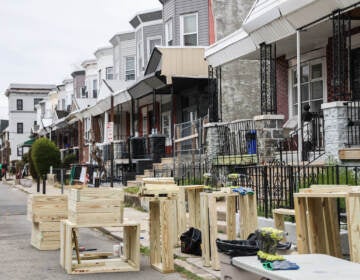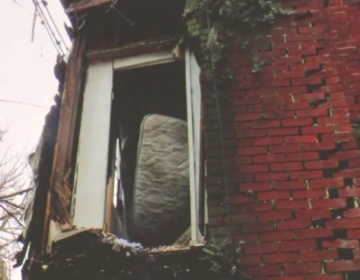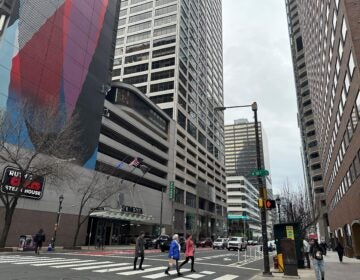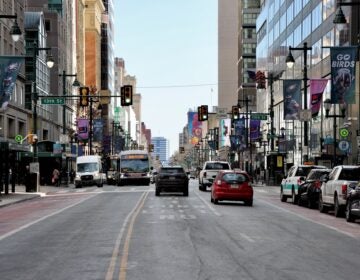Philly faces $50 million price tag for essential component in Rail Park extension
The city has the authority to condemn the site of Phase 2, but isn’t ready to take definitive action. Meanwhile, Reading International shows no sign of letting it go.
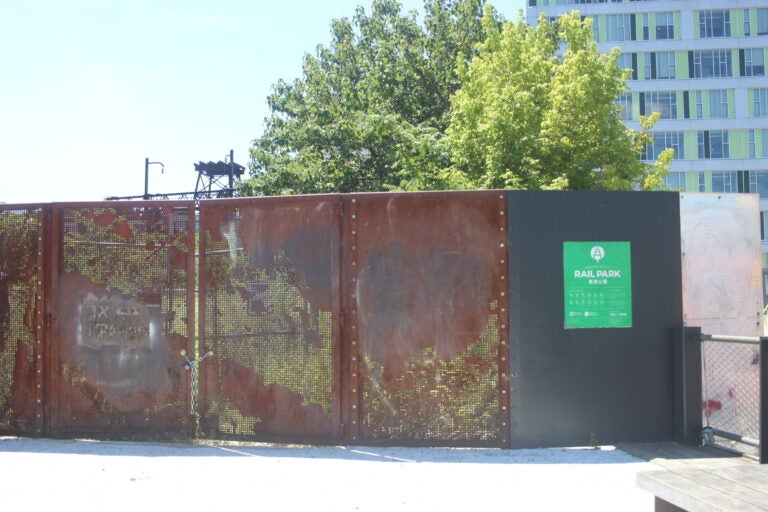
Still under private ownership, the Reading Viaduct remains chained near the Callowhill Street entrance. (Gabriel Donahue/WHYY)
From Philly and the Pa. suburbs to South Jersey and Delaware, what would you like WHYY News to cover? Let us know!
After 25 years of intermittent negotiations, Reading International proposed a new price tag for its train trestle overlooking Center City –– $50 million last year.
That’s a big change compared to 1999, when the California-based real estate and entertainment company tried to pay the city just over $3 million to take control of the property in exchange for absolving the business of any environmental remediation liability.
But the city isn’t interested in paying $50 million for land that would become a public park, Paul Levy, former CEO of the Center City District (CCD), said. Levy stepped down as CEO of CCD in December after 33 years at the helm but continues to serve on the CCD’s board of directors and is the executive director of its nonprofit arm, the Center City District Foundation.
That value is equivalent to the estimated cost of demolishing the viaduct, as found in a 2010 study by CCD, the commerce department and non-profit Friends of the Rail Park.
Reading International told its investors in an annual report in December that it wants to “realize the value” of its properties in Philadelphia, such as the 0.7-mile Reading Viaduct and 6.5 acres of land just north of Center City.
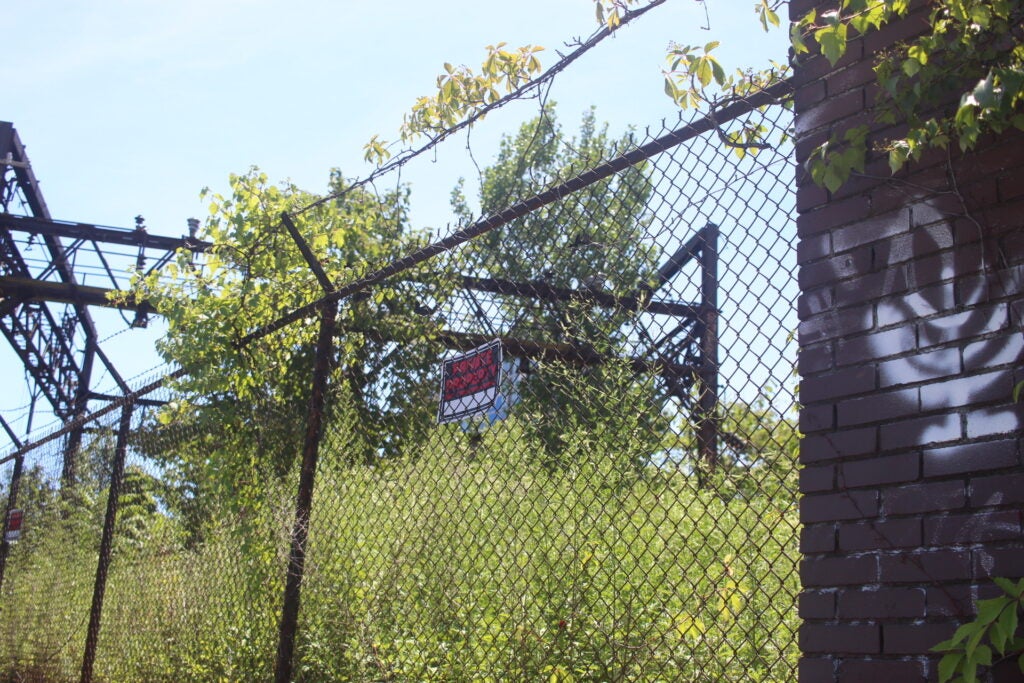
The company is keeping tabs on major redevelopment plans like the proposed Philadelphia 76ers stadium in Market East and the Chinatown I-95 stitch project that’s estimated to break ground in 2027.
“We are evaluating whether a dedicated public park is the highest and best use of the Reading Viaduct. While a connecting public park pedestrian way would likely be an important component of the development of the Reading Viaduct, we are in the process of determining the highest and best use, which may include a mixed-use development featuring residential, retail and entertainment uses,” the company wrote. “As the development strategies evolve, we believe that a park and pedestrian corridor would be complementary to the overall development of our property.
“We believe the Reading Viaduct offers a substantial long-term opportunity for our Company through potentially selling or joint venturing (in whole or in part) part or all of the property,” the company continued.
It did not respond to multiple requests for comment.
A City Council ordinance passed in December gives the public property commissioner the right to condemn the property and take ownership, but Councilmember Mark Squilla called that action an “alternative to a non-agreement,” preferring to start with civil negotiations.
There is not a set amount of time they’d dedicate to negotiating before they would decide to condemn the property, he said.
Levy said he believes that continuing with design and conceptual planning puts the CCD in the best position, despite the uncertainty of what Reading will do –– either the company will decide it is in its best interest to give up the property, or the city can go ahead with condemnation.
The city is also interested in acquiring a parcel of land adjacent to the entryway of the viaduct to provide construction access, said Bruce Bohri, spokesperson for the Department of Planning and Development. Failure to acquire it “wouldn’t halt the project,” as the city would look at other options.
The viaduct greenway will provide open green space for recreation, featuring a trail allowing pedestrians to safely travel above car traffic and discouraging short-distance, single-occupancy vehicle trips, according to the CCD’s webpage on the project.
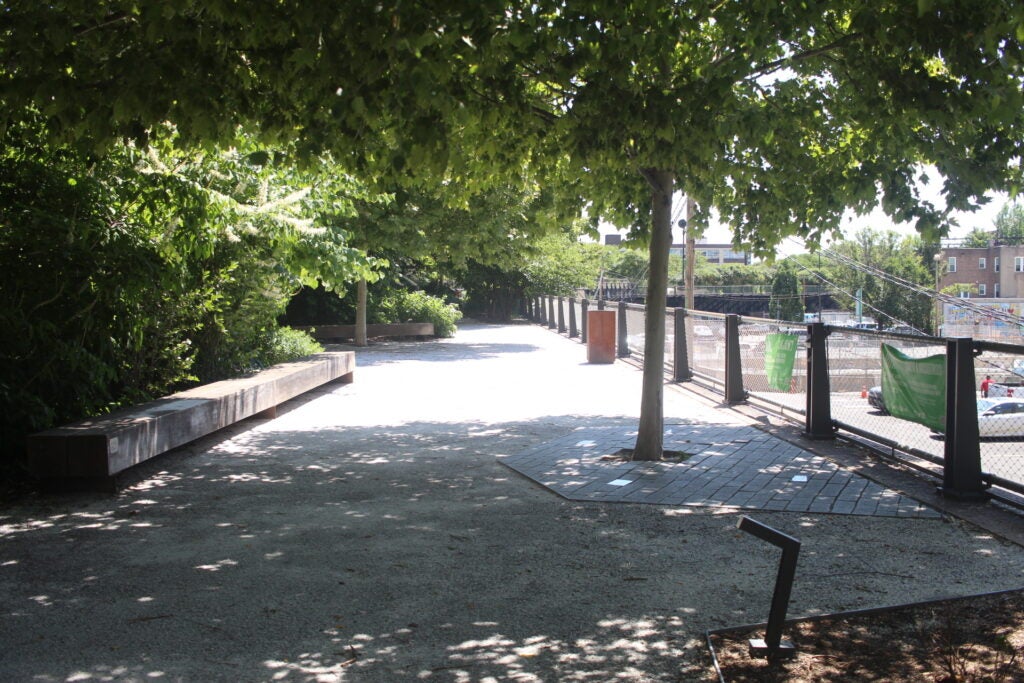
Phase 1, the spur that opened in 2018, runs one-third of a mile along Noble Street from Broad to 11th Streets, curving to meet Callowhill. It features benches and swings with plenty of trees to offer shade.
John Mondlak, the interim director of Planning and Development, said in an emailed statement that Mayor Cherelle Parker is “interested and excited to pursue this transformational project.”
Not a new story
Attempts to acquire the viaduct have marked a defining challenge in advancing the Rail Park’s development.
Andy Toy is the policy director at the Philadelphia Association of Community Development Corporations and worked as the city’s brownfields coordinator when then-Mayor Ed Rendell’s administration was negotiating with the company.
Facing its $3 million offer, some employees didn’t want to let Reading off the hook so easily, according to Toy, who said he regrets not making the deal. He said it wouldn’t have been the first time the city accepted a low bid, and it could have found other ways to fund what were initially demolition plans.
But efforts stagnated amid the administrative transition once Rendell’s second term ended in 2000.
There were additional attempts at negotiation between 2010 and 2018, with Reading representatives even visiting the first phase of the Rail Park before it opened to the public, according to Levy.
“They’ve never come back to the [bargaining] table to my knowledge,” Levy said.
Another possible way forward
While the viaduct greenway is considered Phase 2 of the project, Friends of the Rail Park is moving ahead with conversations regarding the section dubbed “the cut,” which could prove a more feasible next step.
“There is, in a way, a clearer path there,” Executive Director Rebecca Cordes Chan said. “It’s a property owner –– SEPTA, in this case –– who we have a relationship with.”
Levy said the cut and the viaduct greenway are not mutually exclusive.
SEPTA officials did not respond to WHYY News’ request for comment by time of publication.
The proposed segment is connected to the west of the spur and runs from North Broad Street near the old Philadelphia Inquirer building to the Rodin Museum at 22nd Street.
Any acquisition by the city must be approved by City Council.
Squilla said he fully supports moving forward with the project in any direction, whether with the cut or the viaduct greenway.
“I believe that the city wants more open space,” Squilla said. “I believe the community deserves more open space.”

Get daily updates from WHYY News!
WHYY is your source for fact-based, in-depth journalism and information. As a nonprofit organization, we rely on financial support from readers like you. Please give today.



